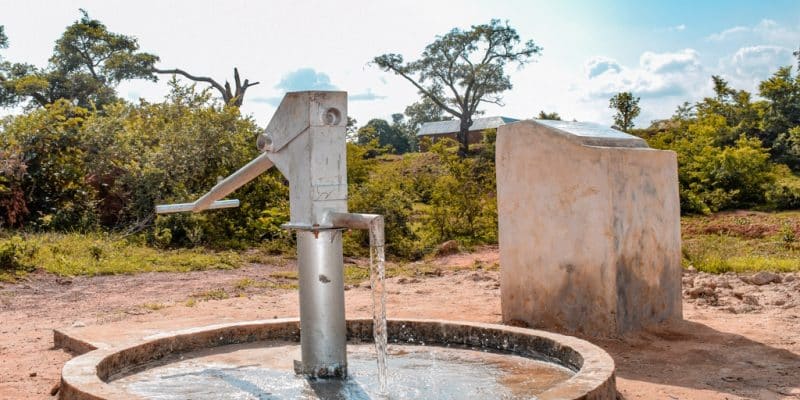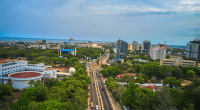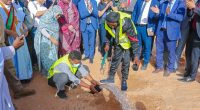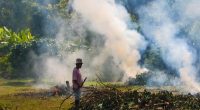To mark World Water Day, which is celebrated every 22 March, the Afrik21 editorial team takes a look at two scientific works published by African researchers that put the challenges of access to water in the continent's cities into perspective.
Water for peace. This is the theme of World Water Day 2024. It is being celebrated on 22 March at a time when 2.2 billion people on the planet (according to United Nations figures) still do not have access to this vital resource. This situation, which affects both rural and urban areas, is set to worsen over the next few years with population growth and the effects of climate change (drought).
Faced with the exacerbation of the consequences of lack of access to drinking water, which include famine, disease, migration and cross-border conflict, a number of African researchers, including environmentalists, sociologists and even economists, are challenging the continent’s urban water management policies in their books. Such is the case with the book Access to drinking water – major challenges for Cameroon and Ivory Coast, published on 11 March 2022. In 190 pages published by L’Harmattan, co-authors Joseph Esoh Elame and Annie Beka Beka begin by tracing the “realities” faced by city dwellers in Ivory Coast and Cameroon when it comes to obtaining water on a daily basis.
African cities at the heart of SDG6
They go on to suggest that governments, donors and non-governmental organisations (NGOs) working with municipalities in sub-Saharan Africa should “take into account the dialectical relationship between drinking water supplies, the human right to drinking water and sanitation, and urban planning”. For these academics, this approach is essential if we are to achieve the sixth Sustainable Development Goal (SDG6) by 2030, particularly for a country like Cameroon.
Despite an installed water production capacity estimated at 731,080 m3 per day and a total storage capacity of around 253,374 m3 (Institut national de la statistique, INS), drinking water coverage in this Central African country remains precarious. But the authorities are well aware of the urgency of the situation, and are stepping up initiatives, including the Master Supply Plan, which aims to build 20 drinking water production centres by 2022, with a total capacity of 300,000 m3
in the towns of Manjo and Dibombari (Littoral region), Bambui, Bambili, Nkambé, Bali and Fundong (North-West region), among others.
Optimising the urban water market
The second book, published in 2014 by Presses académiques francophones, is titled : L’accès à l’eau potable dans les villes africaines : un exemple d’estimation des bénéfices de l’approvisionnement pour les ménages dans la ville de Parakou (Bénin). “Benefits amounting to 274 CFA francs (less than one euro) per m3 of water purchased by households, and which it is possible to recover”, says Yves Yao Soglo in his 108-page compendium.
Read also- AFRICA: Water Professionals Expected in New York in March to Assess SDG6
The author, born in Lomé, Togo, and educated in Benin and Burkina Faso, has himself experienced the water stress that has affected West Africa in recent decades. And ten years after the publication of his book, we can say that his econometric analyses and his suggestions for resilience have borne fruit insofar as the rate of access to water in Beninese cities has risen from 68% in 2014 to 76% in 2023, according to official figures.
Benoit-Ivan Wansi







